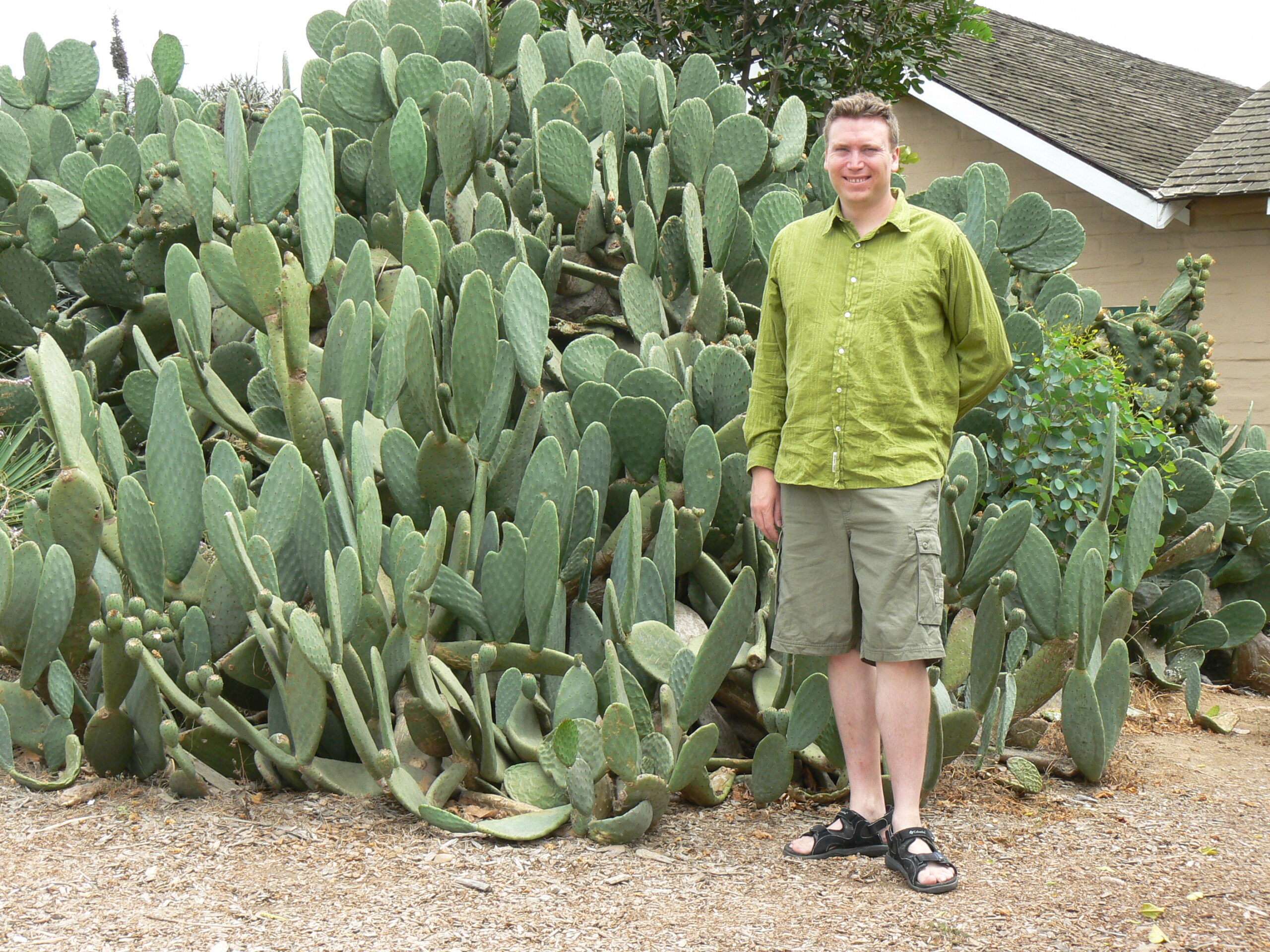I have been isolated at home for so long that I have forgotten about the outside world, with international travel but a dim and fading memory. A few months before these accursed COVID times arrived, I was on vacation in Italy, taking in the finest art, architecture, food, and of course wine, that the world has to offer.
Even the most modest sidewalk café would take pride in their menu and lovingly curated wine list, with nary an off dish or tasteless plonk to be found. Perhaps it was due to the teeming millions of slackjawed tourists like myself, but despite many visits to random shops and cafés, the wine was universally outstanding. Surprisingly, I had what was perhaps the best wine at a farmer’s market of all places, where there just happened to be a fancy wine bar tucked away in an otherwise unassuming corner of the food court.
I had been trying to keep to the house wines, so as to not offend the restaurant owners, who seemingly always sourced the wine from their cousin’s small and family-operated vineyard a few hours away, although after hearing the same story thrice in a day at different establishments, I began to suspect it was a ruse to fool gullible tourists like myself into selecting the wine with the highest markup.
Fortunately, at this unexpected wine bar in the farmer’s market food court, there were wines from all over the country, but the sommelier tempted me with a wee pour of a delicious Barolo, enticing me to buy an entire bottle.
For those not familiar with Barolo, it refers to the name of the region in northwest Italy where the wine is produced, rather than the name of the grape varietal itself.
For historical reasons that only make sense to stuffy old-world wine snobs, the term Barolo is a DOCG. The English version of DOCG roughly translates to Controlled Designation of Origin Guaranteed.
In a nutshell, it means that wine with a Barolo label on the front is guaranteed to have been produced in a very particular collection of vineyards in one part of Italy, comprising less than 5000 acres under vine in the foothills of the Alps, with annual production of around 10 million bottles.
The actual grape varietal that is used for Barolo is called Nebbiolo, although tiny amounts of other varietals are sometimes blended in to make a smoother flavour profile.
The history of Nebbiolo grape goes all the way back to the 1st century, with none other than the Roman philosopher Pliny the Elder waxing poetic about the joys of the wine from this particular region.
Up until the 1970s, it was common to age a bottle of Barolo for up to 25 years before opening it, as the tart tannins in the wine took that long to soften.
However, modern winemaking techniques led to a great schism in the ranks of the stuffy old winemakers, with the old guard insisting on letting the skins macerate on the juice during fermentation to extract the color and flavour for up to 3 weeks. Long barrel aging was required to soften the bitter tannins from the skins, but the result is a thick and complex wine like no other.
The more modern generation of winemakers went with a maceration time of only a few days instead of a few weeks, and aged the wine in much smaller barrels to reduce the bitter tannins and impart more oak into the wine. This results in a wine that reaches maturity in just a few short years.
I have been supporting my local restauranteurs with plenty of take-out orders during these pandemic times, and decided to crack open a bottle of Barolo I had been saving in the cellar to pair with a nice Italian pasta dish. I do recall paying around $75 for the bottle last year at my friendly neighbourhood wine merchant, so this is more of a special occasion wine than an everyday drinker.
For a more reasonably priced alternative, look for an Italian wine made from the Nebbiolo grape, but grown just outside the tightly controlled borders of the Barolo region. My favourite everyday drinker is the Nebbiolo D’Alba, made from the same grape as Barolo in a slightly less prestigious nearby vineyard, but priced at only $29 in well-stocked booze merchants across Alberta.






